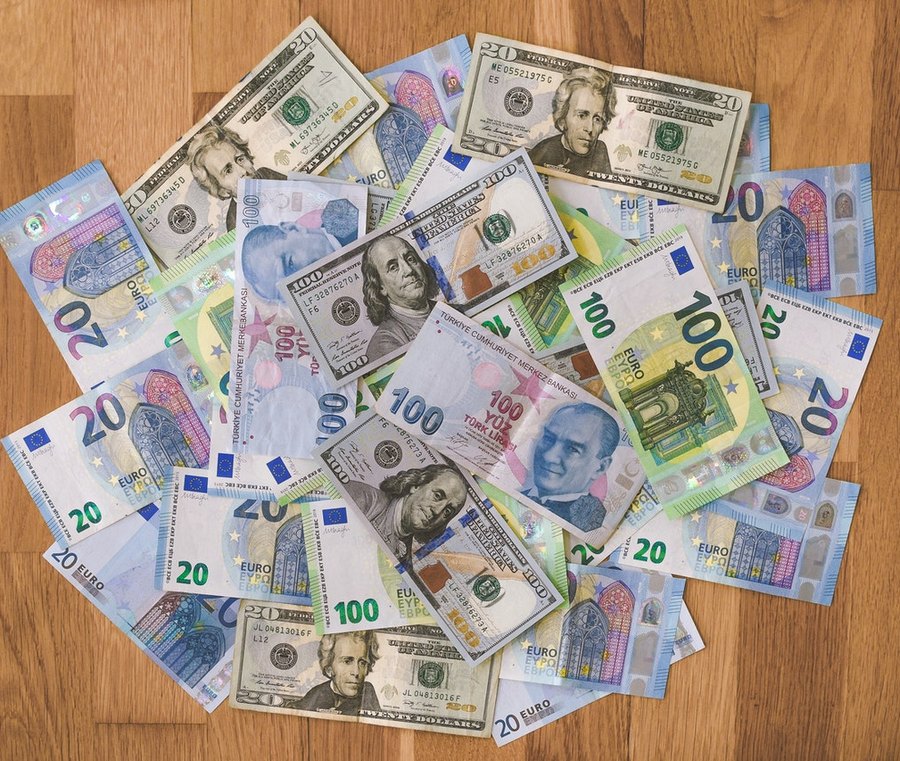
The Turkish lira collapsed 7 percent Monday morning to a new all-time low of 14.99 per dollar. During the day, the lira rebounded slightly to settle at 14.33 to the dollar, but the value of the currency continues to fluctuate, Deutsche Welle writes.
Totally, the lira has lost almost 30% of its value over the last month and more than 43% YTD. Annual inflation in November was 21.3%, reducing the purchasing power of Turks.
The fall in the lira was triggered by expectations of another 1pc cut in the central bank’s discount rate this week to 14%, which is seen by market participants as a continuation of President Recep Erdogan’s interference in the regulator’s policy.
Erdogan, who once appointed his son-in-law as finance minister, believes that lower interest rates are key to economic growth, DW explains.
He also argues, contrary to popular economic opinion, that high interest rates contribute to inflation. Most central banks lower interest rates to try to stimulate growth if inflation is low, and raise them if they think it is necessary to contain inflation.
International rating agency S&P Global Ratings responded to the central bank’s refusal to raise the discount rate and lowered its outlook on Turkey’s credit ratings to “negative.” The long-term ratings remained unchanged: B+ for foreign-currency liabilities and BB- for domestic liabilities.
“Since the publication of our previous ratings assessment of Turkey on October 22, 2021, the lira-dollar exchange rate has fallen 30% as the country’s central bank continues to lower its key rate amid rising inflation. In our opinion, the central bank policy easing and a significant weakening of the lira will contribute to further acceleration of inflation, which could reach 25-30% in early 2022,” – said in the report of S & P.
The fall in the value of the lira triggered the first mass protests in the country. Thousands of people marched in Istanbul on Sunday to demand a halt to the rise in poverty and an increase in the minimum wage.


